World Beyond War has created a set of online interactive maps to help us all see where and how war and preparations for war exist in the world today. Included are wars, troops, weapons shipments, military spending, particular weapons, and respect for the rule of law.
You can find the maps we’ve created thus far here and send us your ideas for more maps here. We’ll be updating some of these maps with new data every year and displaying animation of the progress away from war or the regress toward more war as the case may be.
The following are still screen-shots of some of the maps available in interactive form at the link above.
This map displays annual spending on war and war preparations. When you view the interactive version, the key at the bottom left is adjustable. Here the darkest color is set to $200 billion. You can raise or lower it. Or you can click on one of the colored squares and change the colors if you don’t like blue. When you run the cursor over one of the countries on the interactive version it will give you details. You can also choose to see the same data as a graph without the map by clicking the full-screen symbol on the graph at the top of the page. Then you’ll see this:
At the moment, the nation “United States” has been clicked on. The bar for the United States is noticably larger than for the other nations. It would be about twice as high if all U.S. military spending were included. But then at least some of the other nations’ would be higher as well. The data used here for the comparison across nations comes from a report called “The Military Balance” by IISS. By comparing, as well as possible, absolute spending dollars, it becomes clear that the U.S. military dwarfs all others. Maps and charts that show military spending as a percentage of GDP (of a nation’s economy) have their own use, but they seem to imply that if a government has more money if can buy more weapons without becoming more militaristic, that in fact it will become less militaristic if it does not buy more weapons.
Another way to look at spending on war and war preparations by national governments is as a per-capita figure. Perhaps nations with more people can make an argument in defense of more spending. Here’s a screenshot of that map:
The above map of military spending per capita has something in common with the basic spending map: The United States is still the darkest color. But China’s not a (very) distant second-place anymore. And the U.S. isn’t in first place anymore. It’s been edged out by Israel and Oman. And trailing right behind it are Saudi Arabia, Singapore, Kuwait, and the land of the Nobel Peace Prize: Norway, followed by Australia and the United (for the moment anyway) Kingdom.
Countries don’t just spend money on their own militaries. They also sell and give weapons to other countries. We’ve included a couple of maps displaying those nations that make the most weapons transfers to others. Here’s one, using data from the Congressional Research Service:
This just seems to be the United States’ night at the Oscars. But here the distant runners up are Russia, France, Germany, Italy, China, and the U.K. This gives us a different view of the weapons industries in these countries. They aren’t just arming their own governments. And they aren’t just arming wealthy allies either. Here’s a look at who’s arming poor nations:
We decided it was worth a particular look at where all the U.S.-made weapons are being shipped to. Here’s that map (all nations colored the same if they received any major weapons systems from the United States in 2012). Click it to go to the interactive versions:
We’ve also included at http://bit.ly/mappingmilitarism maps showing who has how many nuclear weapons and who has biological and chemical weapons. They might surprise you.
There are also maps of which nations have troops right now in Afghanistan, which nations are experiencing wars at the moment, and which nations have recently been hit with missiles (most of them from drones).
Because the United States does things that other nations do not, there are a number of U.S.-specific maps. For example: Here are nations with U.S. troops permanently stationed in them. The interactive version will give you the details. The data is from the U.S. military:
The above does not include special forces or the CIA or drone strikes. The few gray nations without U.S. troops permanently in them stand out, including Iran and Syria. Should Greenland be worried?
We’ve also included a map of U.S. military actions since 1945. It has quite a bit of color on it.
And we’ve included a series of maps indicating some level of national interest in replacing war with the rule of law. While the International Criminal Court is seriously flawed, it might be improved by greater membership, particularly by major war makers. Here is which countries are now members:
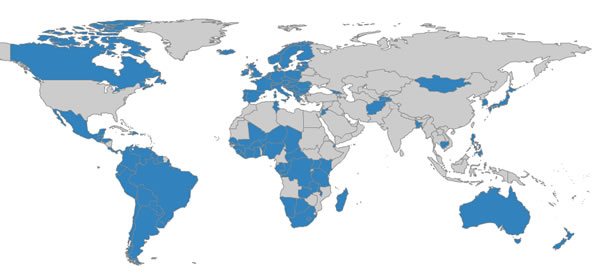 Also available is a map of which nations are party to the long-forgotten treaty that bans war, known as the Kellogg-Briand Pact. That membership ought to be very surprising. There’s also a map of which nations have ratified the Convention on Cluster Munitions banning the horrendously awful and murderous cluster bombs, a.k.a. flying landmines.
Also available is a map of which nations are party to the long-forgotten treaty that bans war, known as the Kellogg-Briand Pact. That membership ought to be very surprising. There’s also a map of which nations have ratified the Convention on Cluster Munitions banning the horrendously awful and murderous cluster bombs, a.k.a. flying landmines.
See if you find these maps useful, and let us know what you think is missing.
If you find projects like this one useful, please support them here.



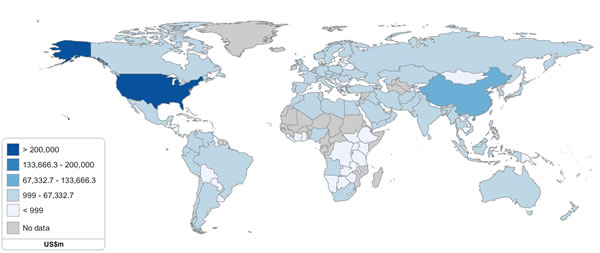
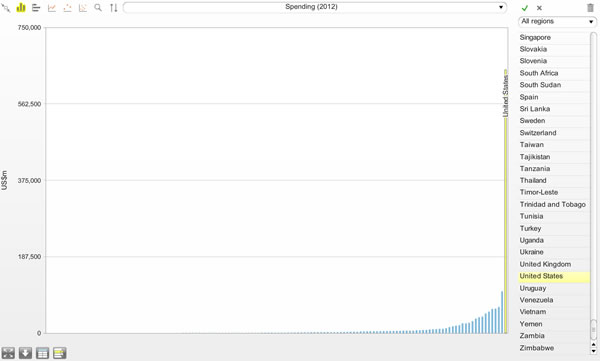
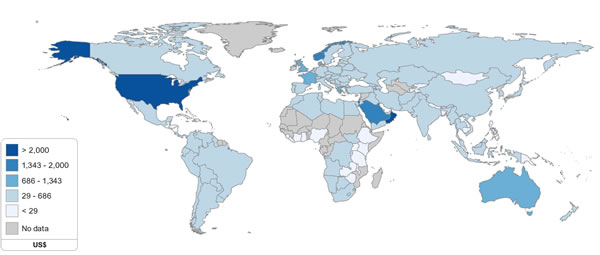
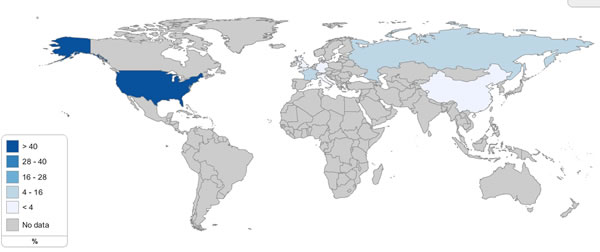
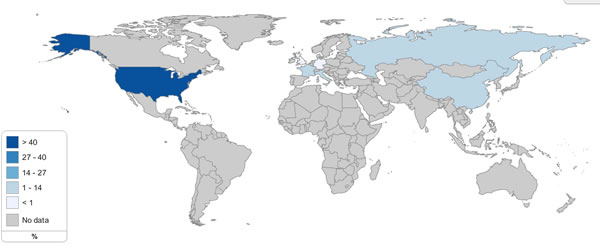
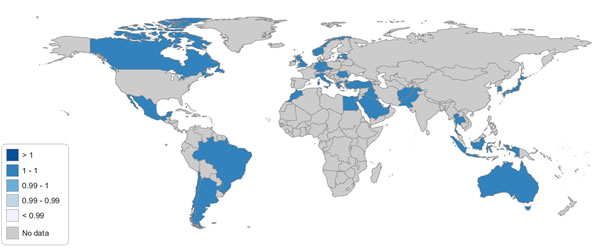
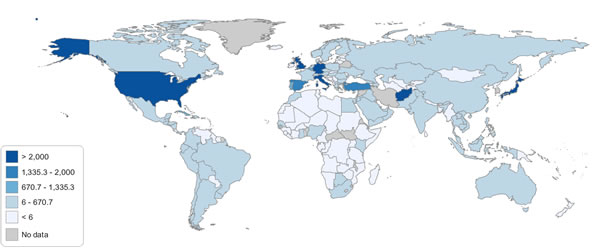






4 Responses
Thank you. Keep on, keeping on.
My website is under reconstruction, but it is and will be again, a site where I discuss my ongoing video/print project, IS WAR INEVITABLE.
I would like to see a map showing every country where, since our inception as a country, the U.S. has launched or backed a war, or launched or backed an intervention for the purpose of regime change.
“If we don’t end war, war will end us.”
by H. G. Wells
You can’t say civilization don’t advance… in every war they kill you in a new way.
Will Rogers
“I know not with what weapons World War III will be fought, but World War IV will be fought with sticks and stones.”
― Albert Einstein
Please help us to unify beyond our political and religious inherited thoughts for the perpetuation of peace and solidarity. Only Military operation against brutal religious and political violence, campaigns with separate visions, conversation only for suggestions, or the political and religious demonstration, are not enough at all, to prevent the massacres by terrorism and war.
Please sign and share this petition to out to combat pervasive evil perceptions that condone the basis of terrorism and war.
http://www.change.org/petitions/a-policy-for-united-nation-to-reduce-the-cost-of-the-war-on-terrorism-unify-all-the-religious-definitions-within-scientific-insight-and-history
THE ONE WAY PATH TO PEACE
Presently, the achievements of scientific insight are resurrecting beyond the process of Nature, and the graces of spirituality are descending to a dangerous abyss.
In fact, the definitions of all the leading world religions are based on their contemporary needs, to help human being to evolve under Natural process on basis of peace and solidarity, not to obtain the narcissus and terrestrial bliss among the rot of massacre.
Our money and gun power are not potential enough to combat the thoughts of terrorism that conceals their sins behind religious narcissism that enthralled in mazes of terrestrial and political issues.
To prevent the rise of terrorism, we’ll have to clarify the roots of faith and the facts of the materialism disgracing all believers and atheist alike. Till now, we are destroying the embodiment of terrorism, ignoring its brutal ideology still invincible before the entire world.
It had been always lethal to write or address in favor or against the institutionalized faith of human being divided by several religious and political strictures. For a “unanimous conclusion” to tackle the clashes between religion and state, theism and atheism, PLEASE SIGN AND PROMOTE THIS PETITION to prevent the further rise of hate religious campaigns and rescue humanity from the shadow of Nuclear weapons.
http://www.change.org/petitions/a-policy-for-united-nation-to-reduce-the-cost-of-the-war-on-terrorism-unify-all-the-religious-definitions-within-scientific-insight-and-history